Baux-de-Provence is definitely one of the nicest Provencal towns I have visited. Everything is unique here: the location, the views, and the attractions.
Les Baux-de-Provence is a tiny Provencal town located just 20 km from Arles in the Alpilles hills. The city is built on rock outcrops with a magnificent view far out to the horizon. Baux is famous not only for its historic stone houses, but also for the ruins of a huge castle and an exhibition of siege engines. Bauxite, an aluminum ore, was also discovered here, and is named after this town.
What to see in Les Baux-de-Provence?
Les Baux-de-Provence takes its name from the location of the town – on a rocky cliff. The unique terrain provided its inhabitants with great defense capabilities, which is why the first people settled here many thousands of years ago. In the 10th century, Baux Castle (Chateau des Baux) was built at the highest point in the town. It was then that the settlement flourished rapidly and a time of fighting for nearby estates began.
- Baux-de-Provence
- Baux-de-Provence
When visiting Les Baux-de-Provence, we first make our way through the narrow streets of this stone-made town. The path leads uphill to the cash desk and the entrance to the fenced-off area of the former castle. This part is by far the most interesting attraction, and it is really worth paying to visit it. Across this vast area there are replicas of old siege engines (including a ram and a catapult). This location offers a wonderful view of the olive groves below and the modern villas with their magnificent swimming pools, but the number one attraction is, of course, the ruins of the castle.
In July, when the cicadas reach the peak of their sonic abilities, it’s a must to stand at the edge of the rock to admire the amazing concert that occurs just above the cliff. Thousands of cicadas “sing” with such force that you can even feel the sound waves reflecting off the rocks. It’s an amazing experience!
The title Marquis of Baux is held by the current Prince of Monaco, but shifts to his successor if there is one. The current Marquis of Baux is Prince Jacob, son of Albert II, the reigning Prince of Monaco. Today, this title is awarded to preserve tradition and to commemorate the fact that in the 17th century, Louis XIII offered the city of Baux to Hercules Grimaldi for the expulsion of the Spaniards from Monaco.
Baux Castle was demolished at the behest of Louis XIV, as were those in Nice and Eze Village. Fortunately, the one in Baux was not completely destroyed and today you can visit the outer bailey and climb to the top of the ruins to admire views that were previously reserved for rulers. I was in a bit of a rush during my visit to Baux, but I still spent over 2 hours there. It is such a nice place that you should devote half a day to the town itself and slowly explore the ruins of the castle.
Parking and ticket prices
Parking for cars is located right outside the town. Unfortunately, it is difficult to find a more expensive one in the area. There is only one rate – 6 euro for a whole days parking. So you have to pay for the whole day, even if you’ve planned a short visit.
Baux is one of the most important attractions in Provence and therefore attracts a lot of tourists. It’s best to visit this town early in the morning when everyone is just waking up or having breakfast.
The area with the castle ruins opens at different times depending on the season, with the earliest being from April to the end of August (9 am). The admission ticket costs 8 euros, but there are also reduced tickets. However, I would definitely recommend buying the combined ticket for 16.50 euros, which also allows you to visit another amazing attraction in the area – the former quarries that display great multimedia shows: Carrieres de Lumieres.
Detailed opening hours and price lists are available at chateau-baux-provence.com.
Bauxite from Lex Baux-de-Provence
In 1821, the Frenchman Pierre Berthier discovered an aluminum ore near Baux; this ore was later named bauxite after the town. Bauxite is a sedimentary rock from which aluminum is extracted. Peter Mayle, in his book Provence from A to Z, writes about this discovery: “from then on, the world could look with hope into its aluminum future, equipped with space shuttles and beer cans.”

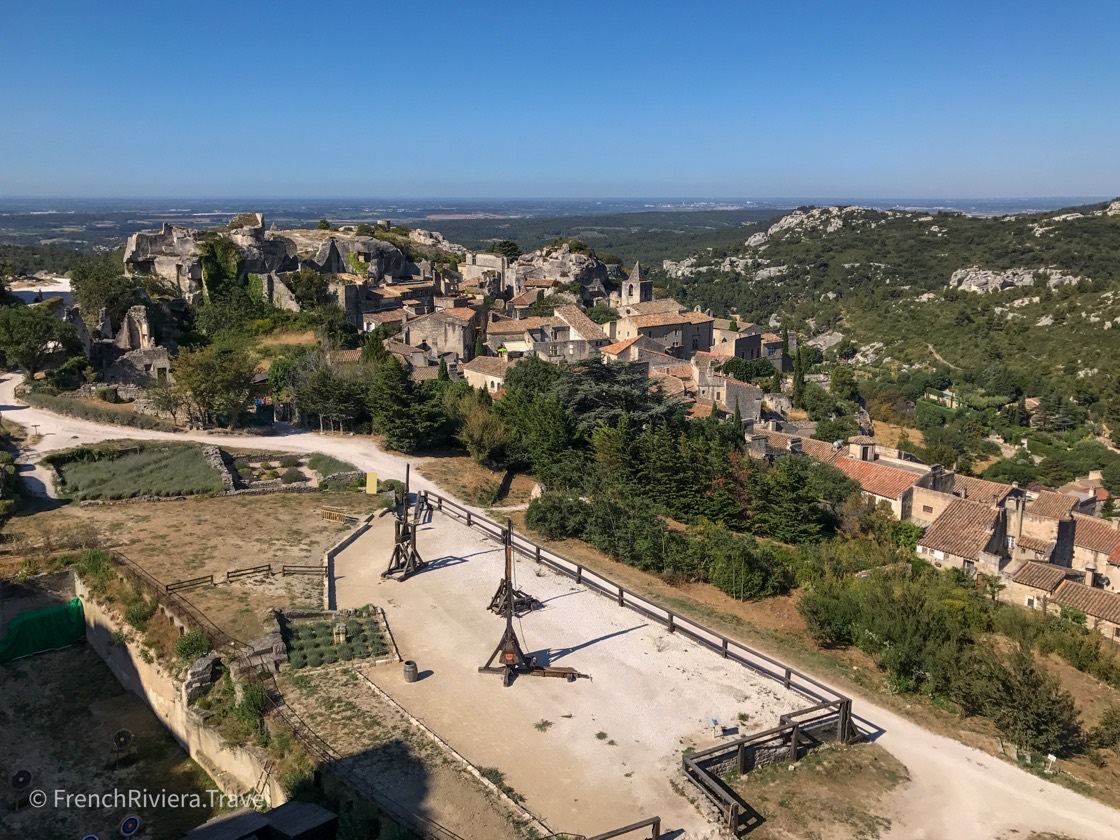
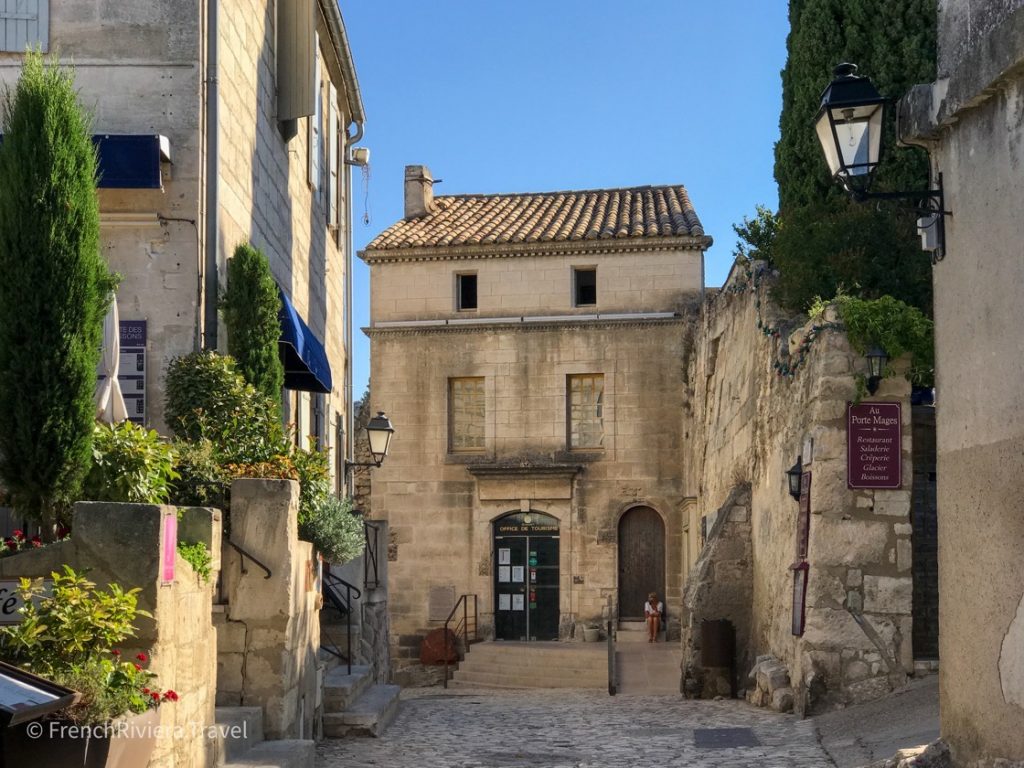

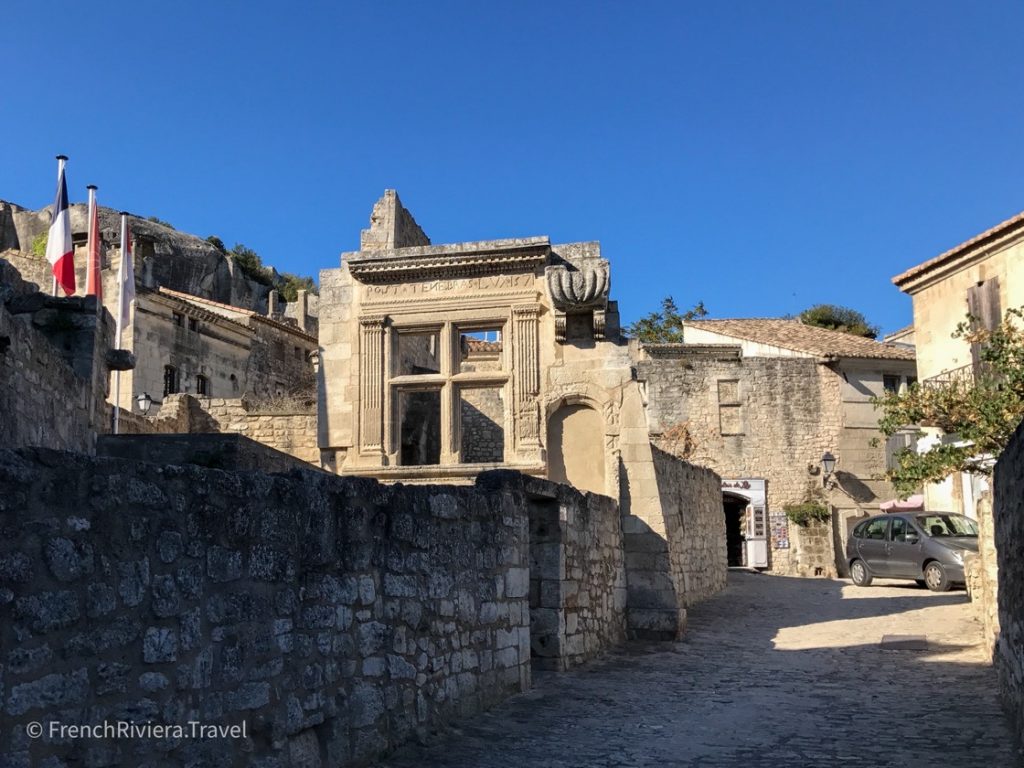
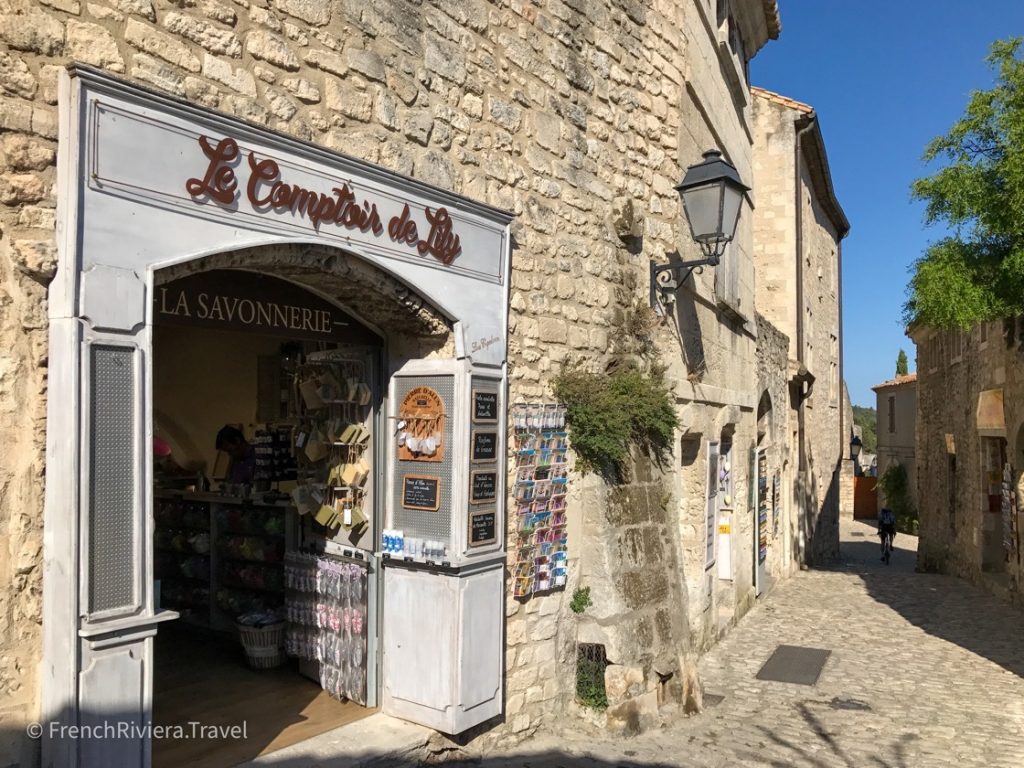
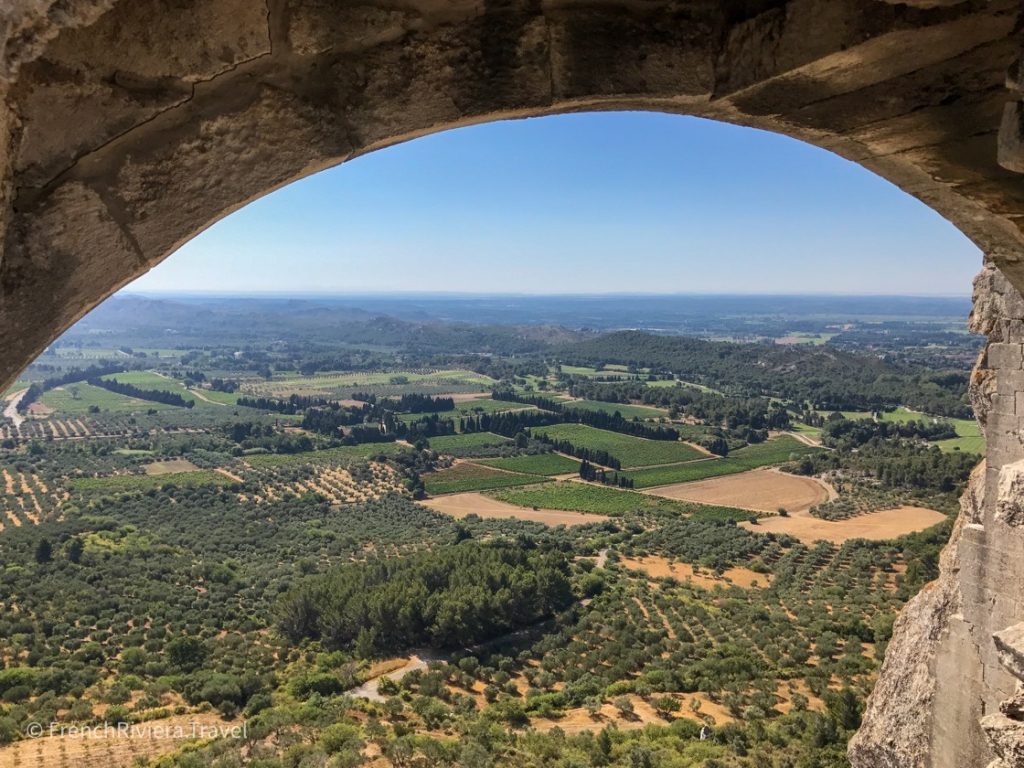
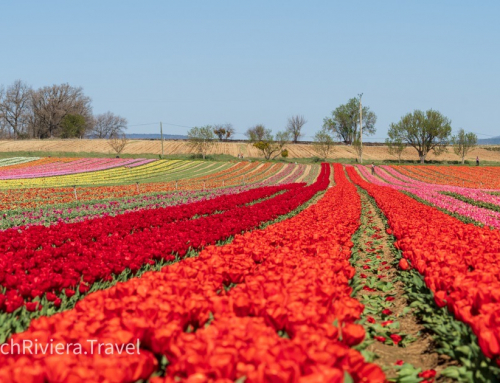
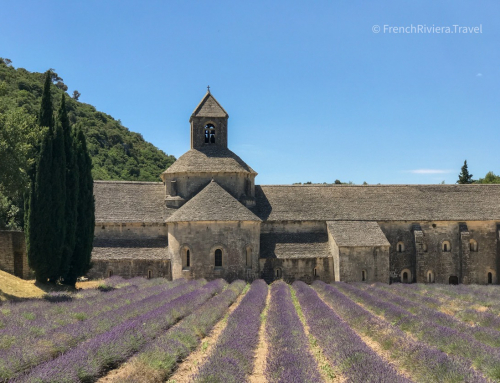
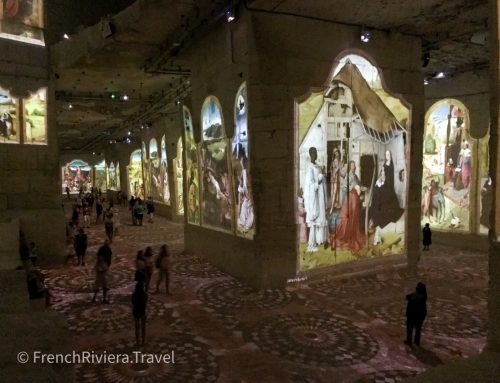

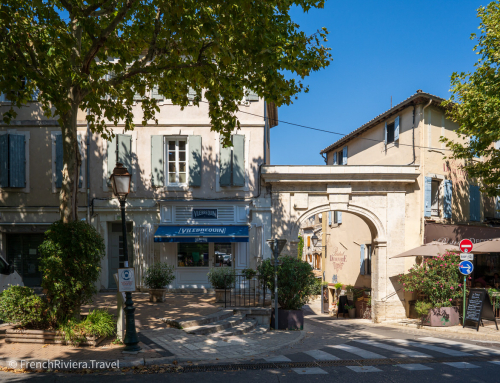
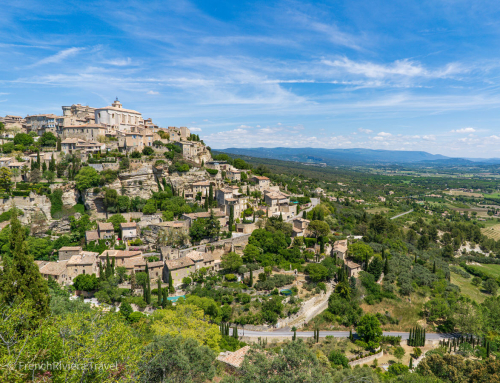
Leave A Comment